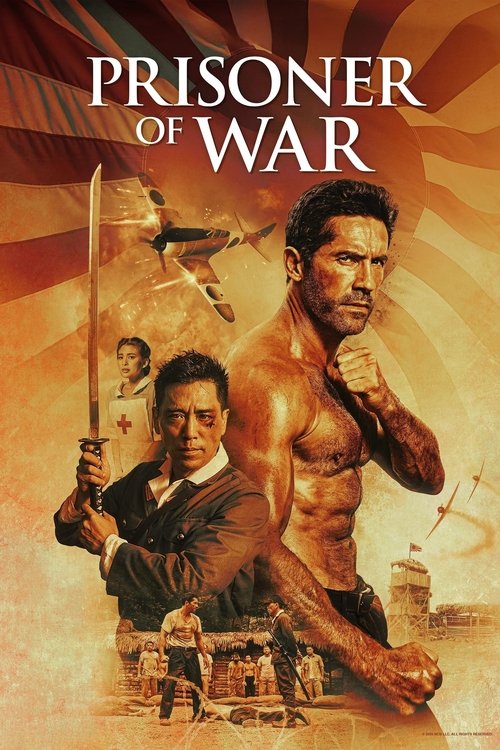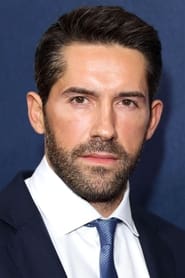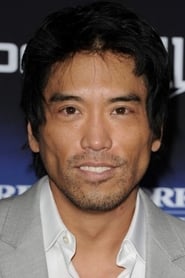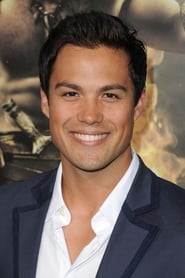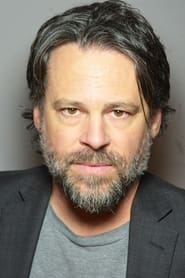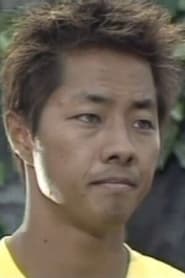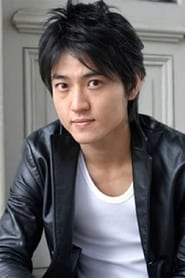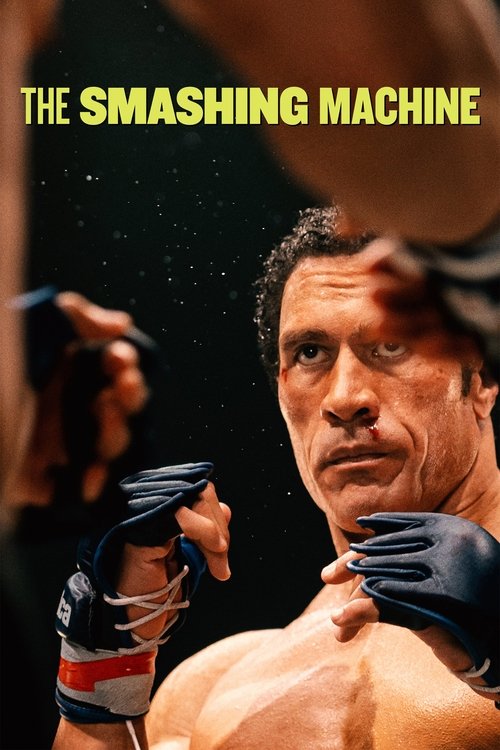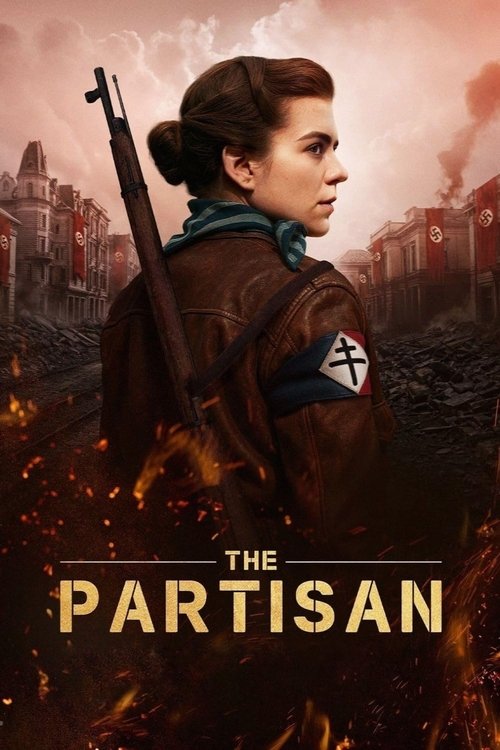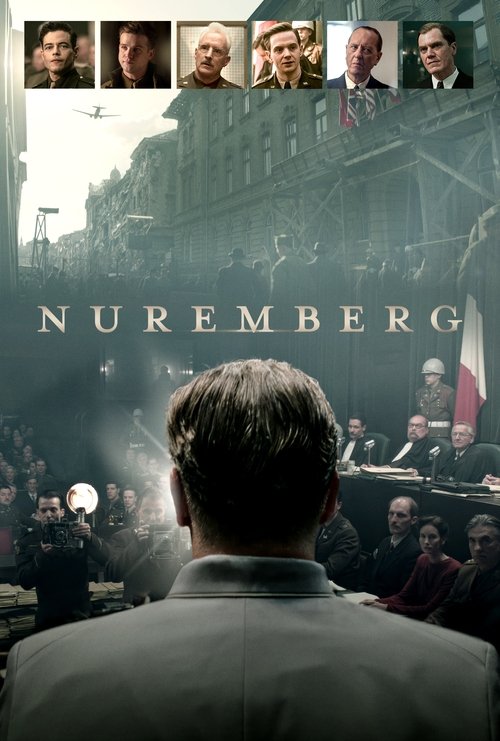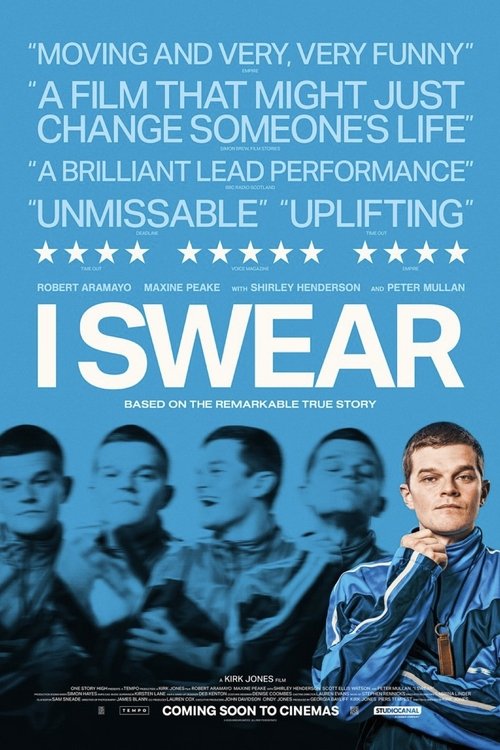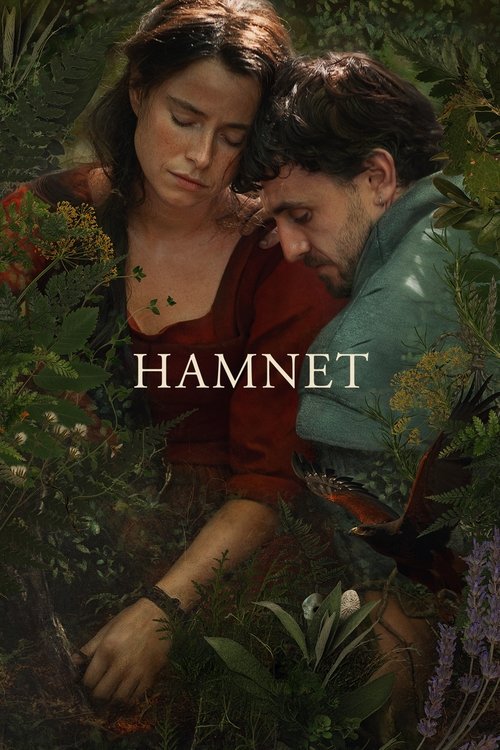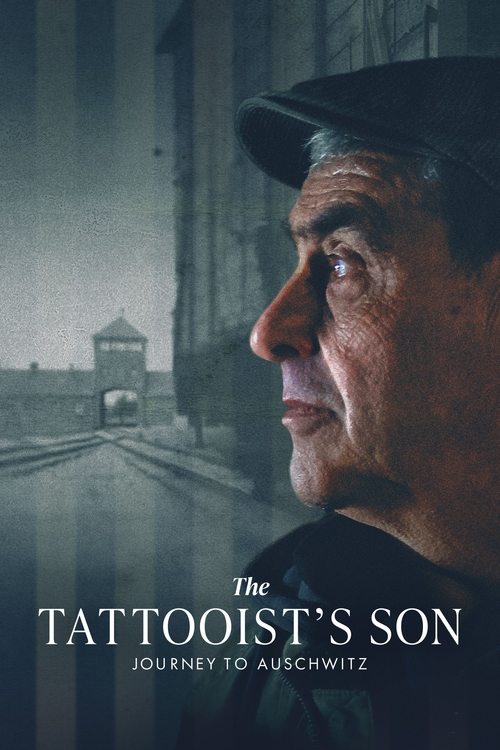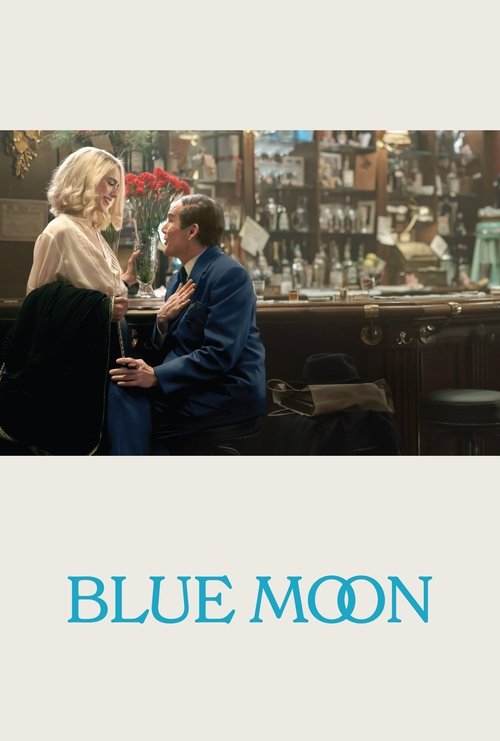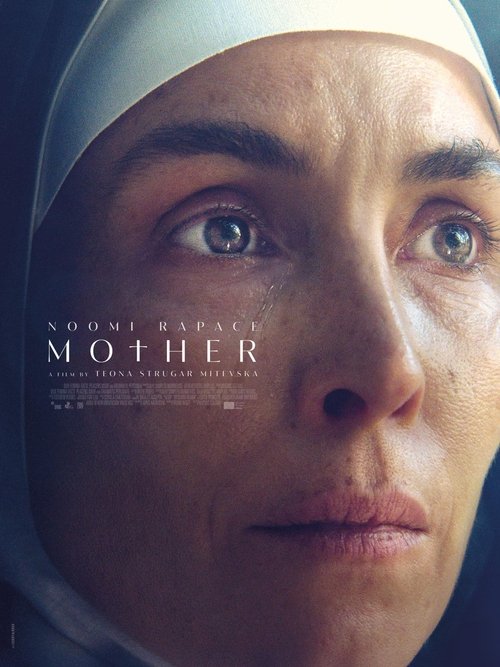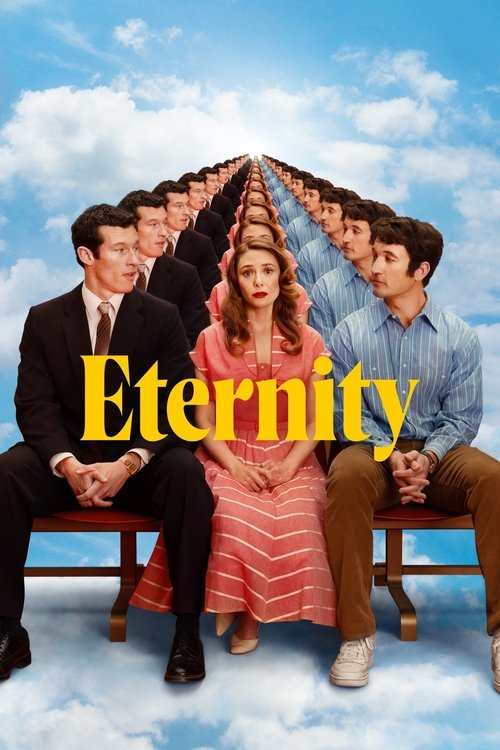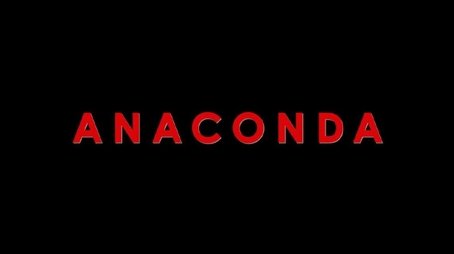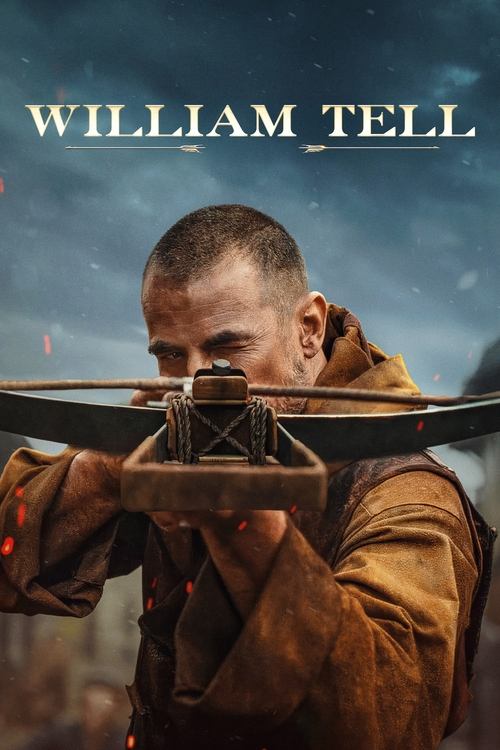
Ask Your Own Question
What is the plot?
In 1950 a man named James Wright forces his way into the Ito Dojo and confronts Sensei Shunsuke Ito. He demands to know what happened to his father, Benjiro Ito, and the question pushes Shunsuke into a recollection that pulls the story back to 1942.
During World War II, Wing Commander James Wright flies a Royal Air Force mission over the Philippines and is shot down amid the Battle of Bataan. Japanese forces capture him and haul him to a prisoner-of-war camp where Lieutenant Colonel Benjiro Ito presides with ruthless discipline. In the compound Allied soldiers suffer forced labor and hunger, and daily cruelty becomes routine under Ito's command. When Ito orders Captain Hirano to execute Wright, Wright fights instead; he shoots and kills Hirano and two of his soldiers and lashes out in a desperate bid to escape. He makes a brief run but is recaptured by the camp guards.
Inside the prison gate the officers stage underground fighting spectacles to amuse themselves, forcing inmates to battle one another. Wright resists at first, but after seeing resisters publicly shot he accepts the camp's brutal contests. He calls on martial training he learned earlier in Hong Kong, and his techniques make him effective in the pit. He defeats the camp's best fighter, Koji, and those successes unsettle Ito and his enforcer Captain Endo. Ito goes so far as to execute his own soldiers who fail to stop Wright. Ito, however, recognizes Wright's forbidden martial art -- a tradition Ito himself knows -- and his interest in Wright deepens.
Wright forms alliances with fellow prisoners, including American Captain Collins and Filipino sergeant Gabriel Villanueva. Collins warns that they will be transferred to a harsher facility within a week and presses the need to flee before relocation. Theresa, a local nurse pressed into service at the camp, provides clandestine medical assistance and becomes a critical ally for the inmates. The trio begins to craft an escape plan intended not only for survival but to carry intelligence on Japanese troop dispositions to allied forces outside the camp.
Wright steals a radio and slips beyond the camp walls to call for US reinforcements, then returns with the plan. He, Collins and Villanueva inspect a downed glider as a possible means of escape and arrange for the timing to coincide with incoming allied air activity. During a reconnaissance outing Collins kills a guard, and camp authorities execute him soon after, hanging his lifeless body before the men as a warning. As Allied aircraft begin hammering the area with bombing runs, Wright and Villanueva make their move with Theresa's help. In the chaos of the raids Wright confronts Ito directly; they fight one another, and Wright defeats Ito in personal combat. Ito, impressed by Wright's skill and moved by a kind of martial respect, halts his troops from killing Wright even as the prisoners flee into the confusion of the bombardment.
Years later in 1950 Wright returns to Ito's dojo seeking answers and closure. Shunsuke reveals that Benjiro Ito, the camp commander, died some years before from illness. He asks Wright to demonstrate the forbidden technique Wright used back in the camp. The two spar; Wright defeats Shunsuke in the dojo ring. After Wright proves himself, Shunsuke hands back a medallion that Ito had once taken from Wright, returning to him a small physical remnant of the past before the sequence of events in that chapter closes.
The film then shifts to a different landscape and a different set of names, moving into a lawless, post-apocalyptic territory where a man known only as Hero walks through a hazardous place called the Ghostland. Hero finds Bernice among broken mannequin displays in the Ghostland; she lies catatonic, mute from trauma while a tribe of Ghostlanders looks on. Enoch stands among them and explains that the horrors of the Ghostland have stolen Bernice's voice and that she must recover it herself. Hero tells Bernice why he has come, lifts her onto a cart, and secures gasoline with the help of Ratman, a scavenger and automotive tinkerer who is part of the Ghostlanders' "rat clan."
Hero wheels Bernice back to the wreck where his car crashed on his earlier arrival to the Ghostland. He wears a strapped-on explosive suit with a device wired to a microphone on his left arm. The Governor's prerecorded voice speaks through the rig and instructs Bernice to speak her name into the microphone. Hero tells her to do so because the device's timer has nearly elapsed; getting Bernice to say her name will buy him an extra two days to return her to the Governor before the explosives built into the suit detonate. Bernice does not answer, and as Hero peels away her mannequin costume he notices a distinct scar on the inner right thigh of her body. The neuro-sensor on the explosive attached to his left testicle misreads Hero's movement as a sexual assault and triggers; the blast destroys his testicle. Hero collapses in agony and slips into unconsciousness.
His mind flips back to the past: a bank robbery he once carried out with a partner named Psycho. In that flashback Psycho murders innocent victims during the holdup. Hero recognizes that Psycho fired on a child among the hostages; a brawl erupts between Hero and Psycho, and Hero shoves him outside just as the police arrive. Police gunfire hits Psycho twice in the torso and then turns toward Hero; one of the bullets kills the young Bernice's mother, and another strikes Bernice in the right thigh, leaving the scar Hero now observes. Police arrest both men. The Governor later approaches the wounded Bernice and takes her from the scene, putting her into his harem of sex slaves whom he calls his "granddaughters."
When Hero regains consciousness in the Ghostland, he apologizes to Bernice for his part in the chain of events that cost her mother's life. Immediately thereafter a pack of mutant, spectral figures attacks: convicts who perished in a crash between a prison bus and a tanker of nuclear waste years earlier. Their malformed leader drives a rusted prison bus through the desolate space. During the ensuing scuffle, Bernice reaches for Hero's arm and he grabs her to keep her from touching the suit's neuro-sensors; the sensor tied to his right arm interprets that motion as an assault and detonates, ripping through and mangling his arm. The blast also throws the mutants onto their backs; moments later they vanish and their leader fades with the bus in a nuclear-like flare. Bernice collapses, unconscious. Hero loses consciousness as well and dreams of standing with Bernice and the Ghostlanders before their clock tower, listening to a figure called Chimera recount the origin story: a prison bus collided with a nuclear waste truck, triggering the radiation event that created the Ghostland.
Bernice later wakes. The explosion has snapped her out of the catatonia. She crawls to Hero, hears the Governor's voice come from the microphone again, and says her name into the device, extending Hero's life by two days. She believes Hero has died when he won't rise, watching him motionless afterward.
Meanwhile Stella, one of Bernice's friends, escapes the Ghostland and flees toward Samurai Town. Deputies under Sheriff Takato capture her and bring her to the Governor's mansion. The Governor interrogates Stella about Bernice's escape; she honestly reports that Bernice orchestrated the flight for herself and their friend Nancy, but the Governor will not accept the truth. He summons Yasujiro, his samurai bodyguard, to execute Stella. Yasujiro steps forward and beheads Stella with his katana.
In the Ghostland the next morning Hero surprises everyone when he walks into the square alive after being presumed dead. He tells the Ghostlanders that his recurring dream – of the people he harmed standing and suffering amid ruins – shifted: they appeared to him and told him that they intended to give him another life because he had a duty to finish. Standing before the clock tower he declares that the Ghostlanders will leave the Ghostland the next day and rise up against the Governor. Enoch objects that no one can leave the Ghostland, but Hero insists there is a way and tells the villagers they must choose whether to help him or stay to rot. Bernice supports him; she warns that if they do not stop the Governor and his forces, those forces will move out and enslave the world, making the Ghostlanders permanent prisoners. Ratman and his clan begin repairing and prepping cars and vehicles that night. Hero fashions a brace for his mangled arm and fits it with a concealed katana blade hidden inside a bandaged false limb. Through the day and into the night the Ghostlanders labor, readying themselves to depart.
As Hero, Bernice and their convoy attempt to lead the Ghostlanders out, the group is stopped by the very same mutant phantoms that attacked them earlier. Their leader removes a pair of sunglasses and Hero recognizes him: Psycho, the partner from the bank robbery and now the deformed commander of the spectral convicts. The two men talk. Hero tells Psycho that the dead he has harmed have become ghosts who now come to him asking for aid; he asks for passage out of the Ghostland so that he can make amends. Psycho agrees to let them leave but warns that the Governor is the real predator; if they will not finish the Governor, the cycle will continue. Psycho and the mutants vanish in a blast like the detonation of atomic fire, and Hero returns to Samurai Town later that night with Bernice.
They arrive in the town square where the Governor holds court surrounded by his sex slaves and the sheriff Takato with his deputies. Hero brings Bernice in front of the Governor and demands the key that disables the explosives in his suit. The Governor refuses to hand it over. Hero then feigns taking Bernice hostage, holding a knife to her neck and pressing her close so the Governor and the deputies will think Bernice's life is at risk. The motion triggers the suit's warning signals; the remaining explosives begin their countdown alarms. Fearing for Bernice's life should any blast go off, the Governor calls for Yasujiro to bring him his bodyguard.
At that moment Susie, one of the Governor's sex slaves who has been driven insane by years of abuse, snaps. She mounts a nearby minigun, opens fire and slaughters Sheriff Takato and a slew of deputies, sex slaves and bystanders gathered in the square. Bullets rip through bodies as Susie mows down the assembled men. One deputy manages to return fire and non-fatally wounds Susie twice in the chest in order to stop the rampage; she collapses but remains alive. The carnage sets off a chaotic brawl across the square; some of the Governor's samurai and deputies scramble to respond while the crowd panics.
Yasujiro and additional deputies arrive and the violence escalates. In the melee a deputy fires and non-fatally shoots both Hero and Bernice, momentarily halting them. Hero releases Bernice and, bleeding and half-crippled from his injuries, draws his concealed katana blade and fights back. He cuts down deputies with his sword, improvises with guns and slaughters samurai thugs who try to subdue him. The Governor flees amid the fray, intent on escaping the revolt that erupts in his own square. Bernice hauls the wounded Susie into a cart to get her away from the fighting, but samurai block their escape. Yasujiro appears and kills those samurai with swift katana strikes, having turned on the Governor. Yasujiro's decision to break with the Governor stems from both the execution of Stella and a broken bargain: he had agreed to become the Governor's bodyguard in exchange for the release of his sister from the Governor's harem, a promise the Governor never kept.
Bernice pushes Susie into an alley and then begins shooting at samurai with a revolver she grabs from a dead deputy; she shoots several of the Governor's men. Yasujiro confronts Hero in the thick of the fighting and honors him by engaging in a formal duel. The two samurai clash with blades; their swords ring and their strikes slice through the surrounding chaos. Yasujiro kills the last interfering samurai who tries to intervene in the duel, then squares off fully with Hero. In the duel Hero slays Yasujiro, driving his sword through Yasujiro's body and ending him. Hero survives Yasujiro's final thrusts and stands victorious as Yasujiro falls.
The Governor, fleeing to the safety of his mansion, finds that his sex slaves have already begun looting his house and walking away, abandoning him and taking the spoils. Desperate and alone he goes searching for comfort and finds Susie. She crawls away from him as he approaches, and in his panic he begs her for attention and tries to coerce her. Susie manages to snatch the key that hangs around the Governor's neck -- the same device that disables Hero's explosives -- from his person. As the Governor hurls insults at Bernice and menaces Susie, Bernice steps forward and, with a revolver taken from a dead deputy, fires multiple rounds into the Governor, unloading the weapon until he falls dead from the gunshot wounds.
Hero takes the key from where Susie tossed it and moves to the microphone device on his left arm. He turns the mechanism and shuts off the explosives strapped to his body. With the Governor's death and the suit disabled, the immediate threat ends. A Ghostlander woman who has witnessed the entire sequence of violence runs back to the Ghostland at once to tell the tribe that the Governor is dead and that Hero has won. The liberated Ghostlanders begin to celebrate. Those assigned to the clock tower remove the rope that keeps the second hand from moving; they declare themselves free from time and let go. The mechanism snaps and the clock strikes 8:15; the tower explodes and collapses in on itself, the wreckage tumbling down as the villagers cheer.
In the quiet that follows, Bernice, Hero and Susie sit together in Samurai Town the next morning. They watch the town beginning to breathe freer, the streets calmer now that the Governor and his cohort are gone. Hero remarks that the place will be beautiful someday. They leave together, moving out toward an uncertain horizon, the town receding behind them as they walk away. In a separate, later scene back at the Ito Dojo the medallion returned to James Wright rests in his hand, and Ishunsuke's dojo life continues without Benjiro Ito, whose death years before closed that chapter of the wartime story. The film closes with these two trajectories resolved: Wright reclaiming a piece of his past, and Hero, Bernice and Susie stepping into a future after the Governor's fall.
What is the ending?
Short Narrative of the Ending:
The movie "Prisoner of War" concludes with James Wright, a British RAF officer, successfully escaping from a Japanese POW camp during World War II. Wright, along with his allies, including Theresa and Sgt. Villanueva, take advantage of an Allied air raid to break free. In a final confrontation, Wright defeats Lt. Col. Ito, the ruthless camp commander. The story then jumps forward in time, where Wright is shown in a martial arts studio, facing Shunsuke, the son of Ito. Wright defeats Shunsuke and retrieves a medallion that Ito had stolen from him years ago.
Expanded Narrative of the Ending:
As the Allied forces begin their air raid on the POW camp, James Wright, Theresa, and Sgt. Villanueva seize the opportunity to escape. The chaos of the bombing provides cover for their daring plan. Wright faces off against Lt. Col. Ito, who has been determined to break his spirit throughout his captivity. Despite Ito's ruthlessness, Wright emerges victorious in their final confrontation.
In a surprising turn of events, Ito shows a moment of respect for Wright's martial arts skills and orders his men not to kill him as he escapes. This act of restraint highlights a complex side to Ito's character, suggesting that beneath his brutal exterior, he holds a certain admiration for honor and skill.
Wright, Theresa, and Villanueva manage to escape the camp amidst the chaos. The fate of Captain Collins is sealed earlier in the story when he is executed by the Japanese for killing a guard during an attempt to inspect a downed glider.
The film then transitions to a scene set in the present, where Wright visits a Japanese martial arts studio run by Shunsuke Ito, the son of Lt. Col. Ito. Shunsuke reveals that his father passed away years ago due to illness. He challenges Wright to a fight, seeking to prove himself against the man who bested his father. Wright accepts the challenge and defeats Shunsuke, demonstrating his enduring martial arts prowess.
In a symbolic gesture, Shunsuke returns a medallion that Lt. Col. Ito had stolen from Wright during his captivity. This act serves as a closure for Wright, allowing him to finally put the past behind him. The film concludes with Wright having overcome both his physical and emotional challenges, emerging stronger and more resilient than ever.
Who dies?
Is there a post-credit scene?
The movie titled Prisoner of War produced in 2025 does not have a post-credits scene. There is no information or confirmation from available sources indicating the presence of any extra scene after the credits for this film. Audiences can leave the theater once the movie ends without missing additional content. This aligns with the trend for many 2025 films that do not include post-credits scenes unless part of a franchise or sequel setup, and no specific mention of such a scene exists for Prisoner of War.
What motivates Lt. Col. Ito to force James Wright into brutal death matches against his guards?
Lt. Col. Ito forces James Wright to fight in brutal death matches to demoralize the other prisoners by showing them that even a highly skilled fighter like Wright can be brought low. Ito also uses these fights as a form of entertainment and to assert his control over the camp, executing prisoners and even some of his own men to maintain authority.
How do James Wright's relationships with fellow prisoners like Captain Collins and Sergeant Villanueva influence the escape plan?
James Wright forms strong bonds with fellow prisoners Captain Collins and Filipino Sergeant Gabriel Villanueva. Collins informs Wright about an impending transfer to a worse prison and urges them to escape soon. Together with Villanueva and Theresa, a local nurse aiding them secretly, they plan a daring escape timed with upcoming US air raids, using intelligence Wright sends via a stolen radio to coordinate with reinforcements.
What role does Theresa, the local nurse, play in the prisoners' survival and escape efforts?
Theresa, a local nurse compelled to work at the camp, provides crucial medical support to the prisoners and secretly helps James Wright and his group. She assists in planning the escape and accompanies Wright and Villanueva during the final breakout attempt amid the Allied air bombardment.
What is the significance of the final confrontation between James Wright and Lt. Col. Ito?
In the climactic confrontation, James Wright defeats Lt. Col. Ito in combat. Despite Ito's ruthlessness, he shows respect for Wright as a martial artist and stops his men from killing Wright and his group as they escape. This moment highlights a complex dynamic between captor and prisoner, blending brutality with a grudging honor.
How does the film's framing device involving Shunsuke Ito and the medallion connect to the main story?
The film opens and closes with a scene where James Wright confronts Shunsuke Ito, the son of Lt. Col. Ito, in a martial arts studio. Shunsuke reveals that his father died years ago and challenges Wright to demonstrate a forbidden technique. After Wright defeats Shunsuke, he is returned a medallion that Lt. Col. Ito had stolen from him during their imprisonment, symbolizing closure and the passing of legacy.
Is this family friendly?
Prisoner of War (2025) is not family friendly and is rated R for intense violence, strong language, and mature themes. The film is set in a Japanese internment camp during World War II and focuses on the brutal survival struggles of a captured British officer. Below is a detailed, non-spoiler summary of potentially objectionable or upsetting content, organized by scene type and emotional impact, based on available reviews and content guides.
Violence and Physical Brutality
The film opens with aerial combat, immediately establishing a high-stakes, life-or-death atmosphere. After being shot down, the protagonist is captured and subjected to harsh treatment by Japanese soldiers. There are multiple scenes of prisoners being beaten, slapped, and forced into hard labor, with visible injuries and blood. The camp environment is oppressive, with guards using intimidation and physical punishment to maintain control.
Central to the narrative are brutal, hand-to-hand combat sequences. Prisoners are forced to fight each other in organized matches for the entertainment of their captors. These fights are graphic, featuring punches, kicks, throws, and the use of weapons like knives and swords. Characters are shown being stabbed, slashed, and suffering realistic wounds. Explosions and gunfire occur during escape attempts, with chaotic, destructive results and characters being shot at close range.
One particularly intense sequence involves a group fight where the protagonist must defend himself against multiple attackers in a confined space. The violence is not stylized; it is raw, visceral, and designed to convey the desperation and horror of captivity.
Psychological and Emotional Distress
The psychological toll of imprisonment is a constant undercurrent. Prisoners are shown in states of fear, exhaustion, and despair. There are scenes of emotional manipulation, where captors toy with the hopes and loyalties of the prisoners, leading to moments of betrayal and moral ambiguity. The protagonist grapples with guilt, anger, and the pressure to protect his fellow captives, often at great personal cost.
Torture is implied and sometimes shown, with prisoners subjected to painful interrogations. Their screams are audible, and the threat of further punishment looms over every interaction. The film does not shy away from depicting the dehumanizing effects of war, including forced labor, starvation, and the constant fear of execution.
Language and Mature Themes
The dialogue includes strong language, with profanity used frequently to reflect the harsh realities of the setting. There is no explicit sexual content or nudity, but the focus remains squarely on violence, survival, and the moral complexities of war.
Emotional Impact on Sensitive Viewers
For children or sensitive viewers, the relentless violence, realistic depictions of injury and death, and the pervasive atmosphere of dread could be deeply upsetting. The film's unflinching portrayal of captivity--including physical abuse, psychological torment, and the constant threat of violence--makes it unsuitable for young audiences. Even older teens and adults may find certain scenes distressing due to their intensity and realism.
Conclusion
Prisoner of War (2025) is a gritty, violent war drama that prioritizes realism and emotional intensity over restraint. Its graphic combat, psychological tension, and mature themes make it inappropriate for family viewing or sensitive individuals. The film's power lies in its unvarnished depiction of survival under extreme duress, but this very authenticity is what renders it unsuitable for younger or more vulnerable audiences.

